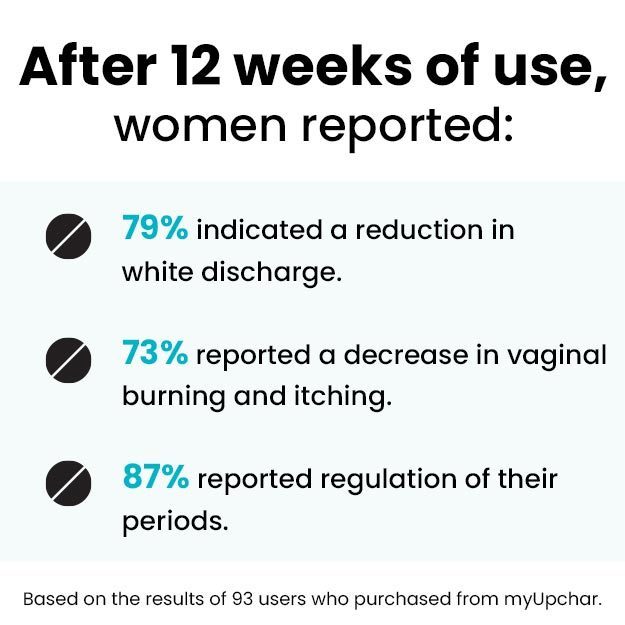An excess of the female hormone estrogen has a number of side effects and health risks, which is why it is important to regulate its normal levels and avoid undertaking any hormone replacement therapies.
Mild side effects of estrogen
Some of the mild side-effects of oral estrogen therapy include:
If you experience any of the above symptoms, it is recommended to talk to your doctor who may modify your dosage. It is also imperative that you do not exceed the prescribed dosage and always take your medications on time. If you miss a dose, it is advisable to take one immediately. However, if a long time duration has passed by and it is almost the time for the next dose, you must not take a double dose.
Moderate side effects of estrogen
Some of the serious side effects of estrogen include:
In case you experience any of the above, it is important to call your doctor immediately and discuss about your condition.
Serious side effects of estrogen
Some of the more serious side effects of estrogen therapy like an increased risk of cancer and cardiovascular disorders can be explained as:
Breast cancer
The risk of breast cancer is anyhow higher among women after menopause and taking estrogen supplements or undergoing a hormone replacement therapy potentiates this risk. Higher risk can be explained on the basis of increased production of estrogen by the breast tissue. This localised increase in estrogen levels stimulates the initiation of breast cancer. Once initiated, the tumour sends signals to keep increasing estrogen secretion in order to facilitate its growth. Since estrogen production takes place in the fat cells of the breasts, it has been concluded that an increase in body weight is responsible for this occurrence. Since hormonal therapies lead to weight gain and cater to an increase in the hormone estrogen, the relationship can be explained. Often to manage breast cancer due to hormone replacement therapy, anti-hormone replacement therapy is described for patients, which may have side effects like hot flushes, vaginal dryness, decreased libido, fatigue and skin changes, which are the manifestation of postmenopausal symptoms.
Other side effects
While breast cancer is one of the most recognised side effects of estrogen therapy, increased levels of estrogen can also lead to a greater risk of other types of cancer like ovarian cancer, endometrial cancer and other neoplasms. It can also lead to the development of autoimmune disorders and polycystic ovarian disease. Further, an excess of this hormone is also linked with a greater risk of infertility.
Side effects in men
A rise in the levels of estrogen can lead to the manifestation gynaecomastia along with an increased risk of infertility and certain types of neoplasms in men.
Overdose
An estrogen overdose can cause stomach upset, vomiting and vaginal bleeding.











































